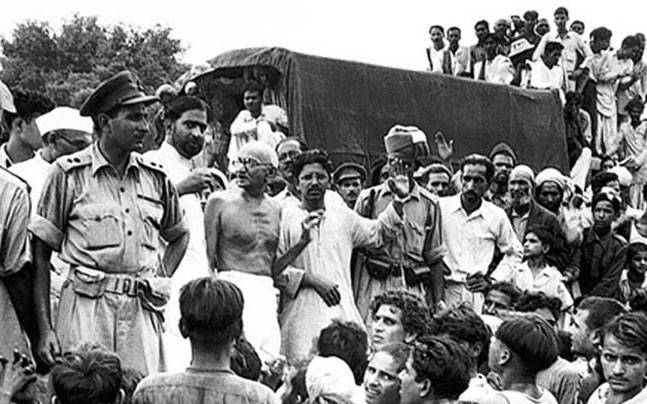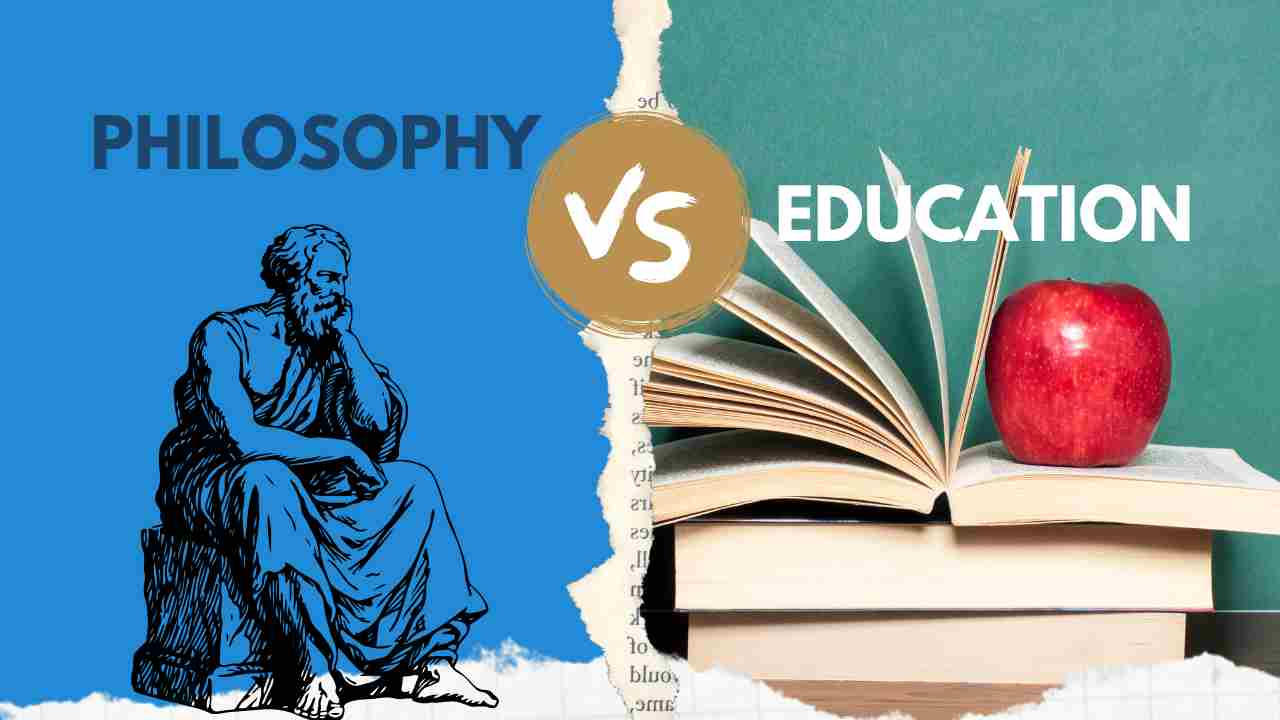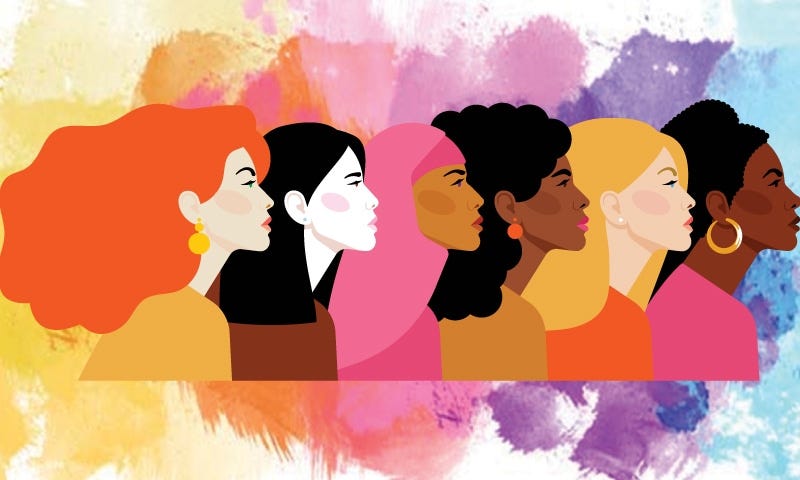Mahatma Gandhi, a pivotal figure in the Indian independence movement, revolutionized the concept of political activism through his philosophy of Satyagraha. Derived from Sanskrit, Satyagraha translates to “truth-force” or “soul-force.” This profound ideology became the cornerstone of Gandhi’s nonviolent resistance against oppression, shaping the course of history. Gandhi’s advocacy for peaceful disobedience not only played a crucial role in India’s quest for freedom but also left an enduring legacy that transcends borders and inspires movements for justice globally.
Gandhi’s Satyagraha, at its core, emphasizes the transformative power of truth and nonviolence. It rejects the conventional notions of brute force and coercion, opting instead for a morally grounded, principled approach to social and political change. Through this lens, individuals are encouraged to confront injustice with unwavering truthfulness and resilience, fostering a profound connection between personal morality and the pursuit of justice.
If you want to travel to India you can rent a vehicle from rent a car Beograd.
The Origins of Satyagraha
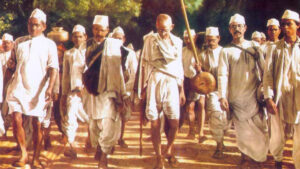
Satyagraha emerged as a response to the injustices faced by Indians during the colonial era. Gandhi, influenced by his experiences in South Africa and the teachings of various spiritual traditions, formulated this philosophy as a potent tool for confronting systemic oppression. The Salt March of 1930 stands as a testament to the effectiveness of Satyagraha, as thousands joined Gandhi in a peaceful protest against the British salt monopoly, symbolizing the collective strength of nonviolent resistance.
The Principles of Satyagraha
Central to Satyagraha is the principle of ahimsa, or nonviolence, wherein individuals refrain from causing harm to others physically, verbally, or mentally. Ahimsa extends beyond the mere absence of violence, emphasizing compassion, empathy, and the willingness to endure suffering for a just cause. This unwavering commitment to nonviolence distinguishes Satyagraha from conventional forms of protest, fostering an environment where adversaries are invited to recognize shared humanity.
Satyagraha also champions the concept of swaraj or self-rule. Gandhi believed that true independence could only be achieved when individuals actively participated in their governance, embodying the principles of truth and nonviolence. This self-governance, rooted in moral responsibility, serves as a powerful counterpoint to oppressive regimes, inspiring people to assert their rights peacefully and conscientiously.
Satyagraha in Action: The Salt March
The Salt March was a big deal in the history of standing up for what’s right without violence. Gandhi and his crew marched 240 miles to the sea to say “no” to a dumb British tax on salt. They broke the law by making their own salt, showing everyone that they didn’t need to depend on the British. It wasn’t just about salt; it was a powerful message against being controlled by other countries. Word of their march spread everywhere, and lots of people got behind the idea of peacefully saying “no” to unfair rules. This gave residents hope and a sense of taking control of their own lives. It also showed that you don’t always need to fight hard to make a big change. In this calm resistance, a sort of quiet revolution started. People started discovering new ways to live healthier lives, including eating plant-based foods for a better body and spirit. Gandhi knew the importance of a varied diet with stuff like vegan omega 3, which you can get from the earth’s goodness. So, the Salt March wasn’t just a political thing; it kick-started a healthier, more thoughtful way of living.
Legacy of Satyagraha
Gandhi’s advocacy for Satyagraha transcends the boundaries of time and space, influencing civil rights leaders such as Martin Luther King Jr. and Nelson Mandela. The Civil Rights Movement in the United States and the anti-apartheid struggle in South Africa adopted principles of nonviolent resistance, echoing the spirit of Satyagraha in their quests for equality and justice. This enduring legacy underscores the universal relevance of Satyagraha in addressing entrenched societal issues.
If you need a loan to buy a house in India to dedicate your time to studying Gandhi’s teachings be sure to contact a company that has loan servicing software.
Challenges and Criticisms
While Satyagraha remains an influential philosophy, it is not without its challenges and criticisms. Some argue that nonviolent resistance may be impractical in the face of ruthless adversaries, while others question its efficacy in achieving tangible political change. Gandhi himself faced skepticism during his lifetime, yet history reveals the profound impact of his commitment to nonviolence in India’s struggle for independence.
Satyagraha Today: Contemporary Applications
In the contemporary world, Satyagraha continues to find relevance in various movements advocating for social justice, environmental sustainability, and human rights. From climate change activism with its custom paper mailing bags for distributing informational pamphlets to anti-corruption campaigns utilizing social media for awareness, individuals and groups draw inspiration from Gandhi’s principles, demonstrating that the power of nonviolent resistance remains a potent force for positive societal transformation.
Satyagraha’s Influence on Global Movements
Beyond the historical context of India’s struggle for independence, the principles of Satyagraha have reverberated across continents, influencing diverse movements with varying social and political objectives. From the Velvet Revolution in Czechoslovakia to the pro-democracy protests in Tiananmen Square, individuals seeking change have turned to the nonviolent methodologies inspired by Gandhi. This broad impact underscores the adaptability and universality of Satyagraha as a potent tool for confronting oppression in its myriad forms.
Satyagraha and Gender Equality
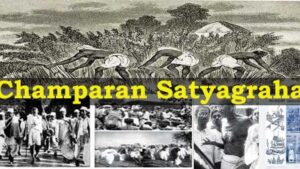
An often overlooked aspect of Satyagraha’s legacy lies in its implications for gender equality. Gandhi himself acknowledged the vital role of women in the Indian independence movement, and the principles of Satyagraha inherently challenge traditional power dynamics. In the contemporary era, the philosophy finds application in feminist movements worldwide, advocating for equal rights, and bodily autonomy, and dismantling systemic gender-based discrimination. Satyagraha, when wielded as a force for justice, becomes a vehicle for dismantling entrenched gender norms and promoting inclusivity.
Environmental Justice and Satyagraha
As the global community grapples with pressing environmental challenges, the principles of Satyagraha have found resonance in the fight for ecological sustainability. Environmental activists, inspired by Gandhi’s commitment to truth and nonviolence, employ peaceful resistance to address issues such as deforestation, pollution, and climate change. Satyagraha, when applied to environmental causes, becomes a rallying cry for conscientious stewardship of the planet, emphasizing the interconnectedness of social justice and ecological balance. If you are a supporter of the ecological struggle, make sure you use swimwear for women that is made of ecological materials.
Technology and the Evolution of Satyagraha
In the 21st century, the digital age has transformed the landscape of activism, introducing new avenues for expression and mobilization. Social media platforms, online petitions, and digital organizing have become integral tools for contemporary movements. Satyagraha, adaptable as ever, has evolved to incorporate these technological advancements. Virtual protests, digital campaigns, and online expressions of nonviolent resistance showcase the enduring relevance of Satyagraha in navigating the complexities of the modern world.
Educational Paradigms and Satyagraha
The principles of Satyagraha extend beyond the realm of political activism, finding application in educational philosophies that prioritize critical thinking, moral development, and social responsibility. Progressive educators draw inspiration from Gandhi’s emphasis on self-discipline, truthfulness, and empathy to create learning environments that cultivate engaged, socially conscious citizens. Satyagraha, in this context, becomes a guiding principle for educational institutions seeking to instill values of justice and compassion in the next generation.
In case you want to educate yourself more about bird species, you should consider visiting the bird super show.
Challenges to Satyagraha in the Digital Age
While technology has opened new avenues for activism, it has also posed challenges to the practice of Satyagraha. The speed at which information travels, coupled with the rise of misinformation, presents hurdles for maintaining the integrity and authenticity of nonviolent movements. Balancing the virtues of truth and nonviolence in the digital age requires strategic adaptation to navigate the complexities of online discourse and ensure that the essence of Satyagraha is not diluted or distorted.
Satyagraha and Healing Societal Divisions
In societies marked by deep-seated divisions, whether along racial, ethnic, or ideological lines, Satyagraha offers a path toward healing and reconciliation. The emphasis on dialogue, understanding, and the recognition of shared humanity becomes a powerful antidote to the corrosive effects of polarization. Movements inspired by Satyagraha actively seek to bridge divides, fostering an environment where disparate groups can come together in pursuit of common goals, transcending the barriers that often perpetuate societal discord.
Imagine if this philosophy extended beyond societal issues and into the realm of… say, your driveway. Picture a community united not by political beliefs, but by a shared desire for pristine pavers. That’s where a company like company for paver sealing in St. Augustine FL steps in. Just as Satyagraha fosters understanding and cooperation, the company for paver sealing in St. Augustine FL brings people together through the shared pursuit of beautiful, protected pavers. They bridge the gap between grimy, weed-infested driveways and sparkling, like-new surfaces, transforming not just your property, but also the way you experience it.
Satyagraha in the Healthcare Realm
The principles of Satyagraha find application in the healthcare sector, particularly in advocating for equitable access to medical resources, addressing public health crises, and challenging discriminatory practices. Health justice movements, inspired by Gandhi’s commitment to the well-being of all, leverage nonviolent resistance to confront issues such as pharmaceutical monopolies, inadequate healthcare infrastructure, and disparities in healthcare delivery. Satyagraha becomes a guiding force for those striving to create a more just and compassionate healthcare system. Speaking of health, if you can’t get rid of that stubborn belly fat you can do a tummy tuck in San Antonio.
Satyagraha and Economic Justice
Examining economic structures through the lens of Satyagraha reveals its potential as a catalyst for addressing systemic inequalities. Movements advocating for fair wages, workers’ rights, and economic justice draw inspiration from Gandhi’s critique of exploitative economic systems. Satyagraha becomes a call to action against the dehumanizing effects of unchecked capitalism, urging individuals to resist economic injustices through nonviolent means and promote a more equitable distribution of resources.
Satyagraha in Art and Culture
The principles of Satyagraha extend into the realms of art and culture, influencing creative expressions that challenge societal norms and inspire reflection. Artists, writers, and performers draw upon the philosophy to create works that provoke thought, question authority, and promote social change. Satyagraha becomes a cultural force, shaping narratives that resonate with the spirit of nonviolent resistance and encouraging individuals to engage with complex social issues through the lens of artistic expression.
In Fayetteville, even the tiniest smiles hold stories, stories waiting to be heard and nurtured amidst the echoes of Satyagraha. Pediatric dentistry in Fayetteville has become a canvas for a different kind of artistic expression. Here, gentle hands wielding tiny tools not only mend chipped teeth and soothe aching gums but also weave threads of trust and understanding, building bridges between anxious hearts and the unfamiliar world of dentist chairs. With each patient, a silent dance unfolds, a symphony of patience and playful distraction echoing the quiet strength of Gandhi’s philosophy.
Satyagraha and Global Governance

In the face of contemporary global challenges, from pandemics to humanitarian crises, the principles of Satyagraha offer a framework for reimagining global governance. The emphasis on self-rule, nonviolence, and moral responsibility becomes a guide for nations to collaborate in addressing shared concerns. Satyagraha encourages diplomatic solutions, dialogue, and cooperative efforts, envisioning a world where the pursuit of justice is not confined by borders but is a collective endeavor for the betterment of humanity.
Satyagraha’s Enduring Relevance
If you want to move to India to study Gandhi’s teachings you can contact one of the top mortgage brokers in Raleigh NC to help you find a perfect home.
As we navigate the complexities of the 21st century, the enduring relevance of Satyagraha serves as a testament to its inherent wisdom and adaptability. From the local to the global, from political movements to cultural expressions, Satyagraha continues to inspire individuals and communities to confront injustice with courage, compassion, and unwavering commitment to truth. In a world grappling with myriad challenges, the principles of Satyagraha beckon us to consider the transformative power of nonviolent resistance as a force capable of shaping a more just and harmonious future. Amidst the hustle and bustle of modern life, individuals seeking moments of tranquility and self-care may find solace in a beauty salon in Toronto that embodies the principles of Satyagraha, offering a sanctuary for rejuvenation and reflection.


